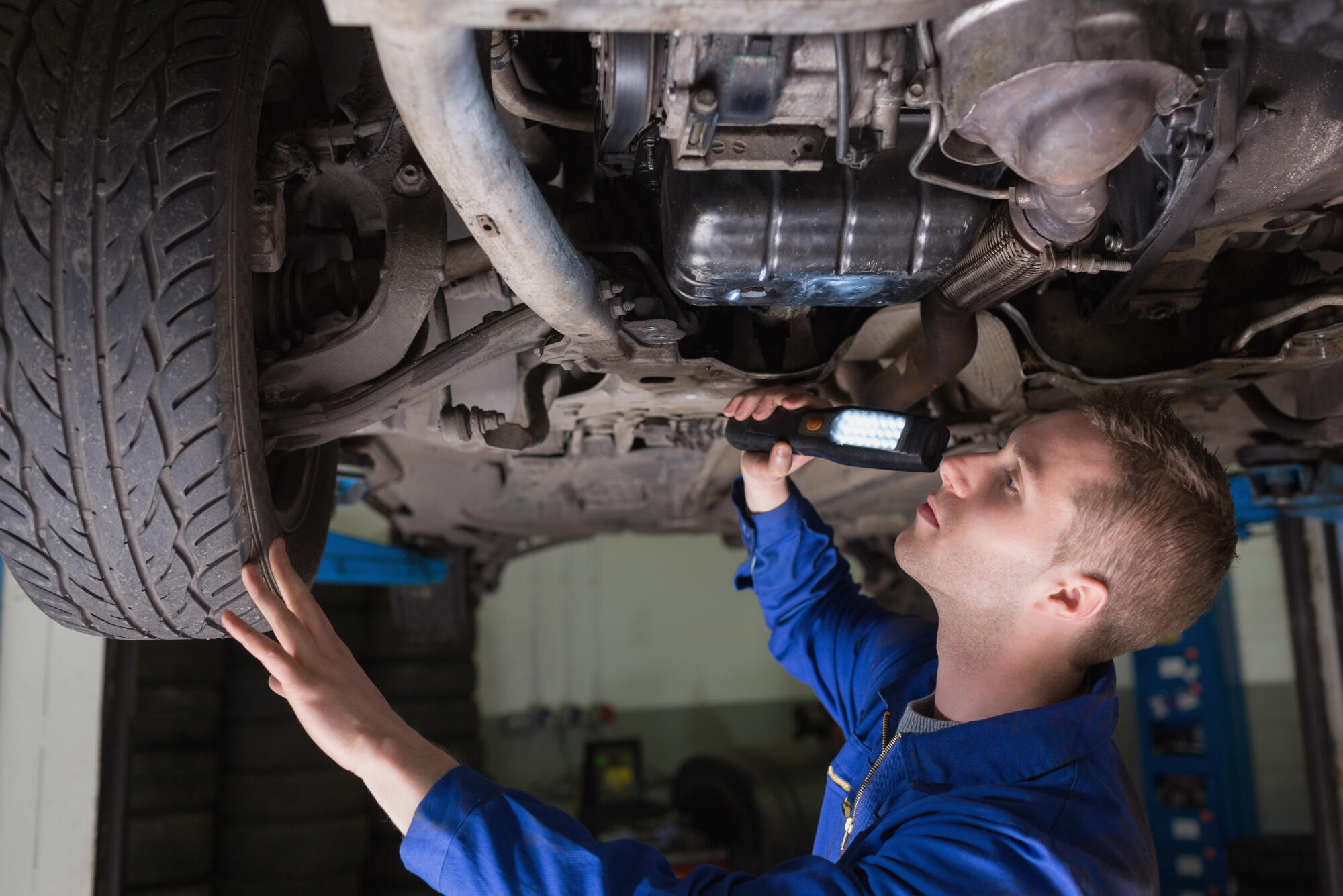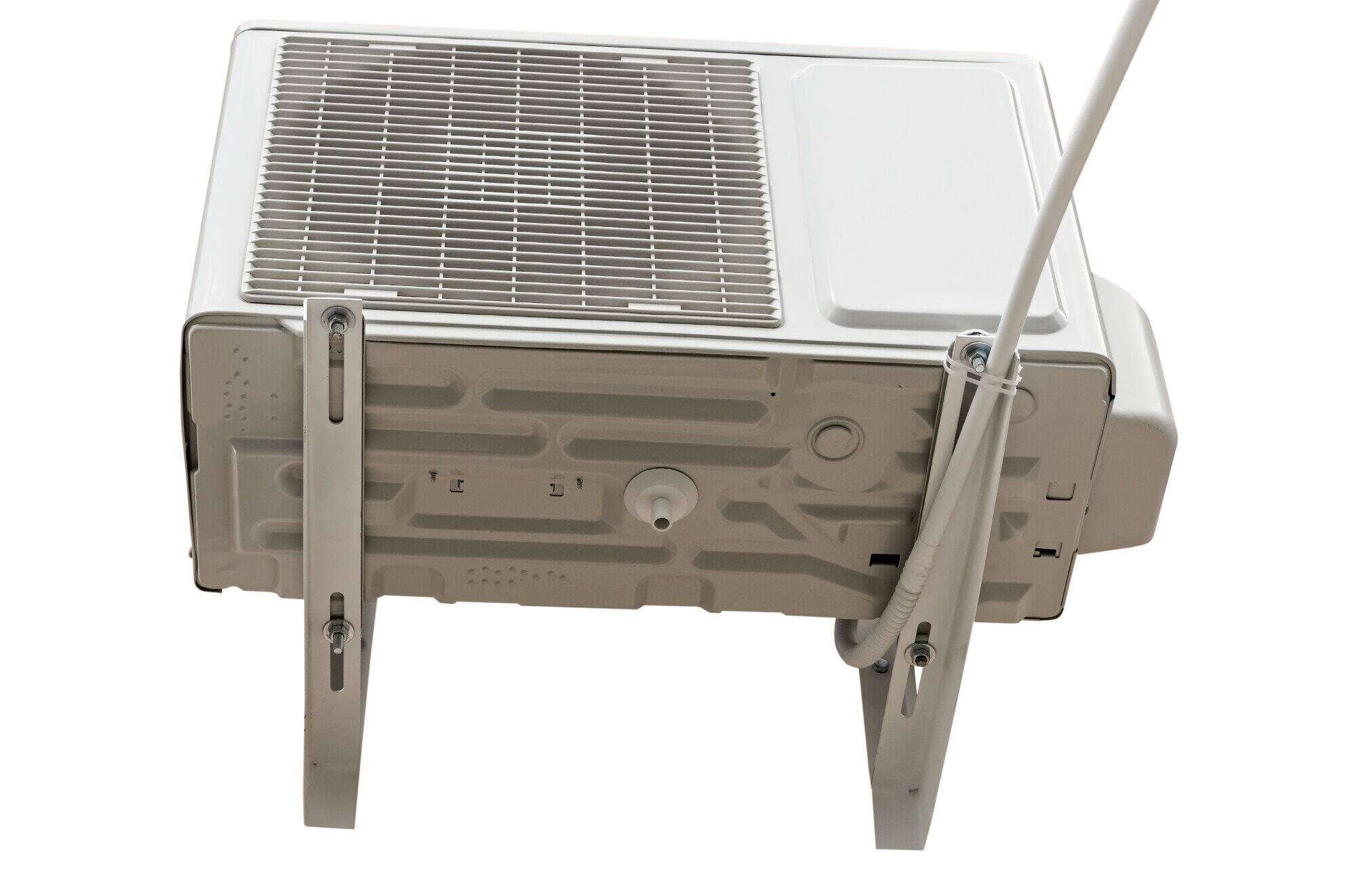Picking the right wheels for your educational robot can make a big difference in how it moves, stays balanced, and performs in your STEM projects. There are a lot of wheel types out there, and choosing the best ones for your robot can feel a bit confusing.
But don’t worry-Once you learn what each type does and how it affects your robot, deciding becomes much easier (and more fun!). Let’s get into it!
Table of Contents
Understanding the Types of Robotic Wheels
When selecting wheels for your educational robot, it’s crucial to understand the various types available. Here are the most common types of robotic wheels you might encounter:
Standard Wheels
Standard wheels are a popular choice for many robot builds. They have a basic round shape and come in different sizes. These wheels work well on smooth surfaces, and they are easy to mount, making them great for beginners or simple designs..
Omni Wheels
Omni wheels are special because they can move not only forward and backward but also side to side. They have small rollers around their edges that help the robot glide smoothly in many directions.
This design allows robots to turn quickly and navigate tight spaces with ease. Omni wheels are great for robots that need to move flexibly in crowded or tricky areas.
Mecanum Wheels
Mecanum wheels also allow movement in any direction; however, they use angled rollers arranged in a unique pattern. This design gives the robot very precise control and lets it perform complex moves easily.
Mecanum wheels are often used in competitive robotics where advanced agility is needed. They help robots turn, slide, and spin smoothly without changing direction.
Assessing Your Robot’s Design
Before choosing wheels, it’s essential to consider your robot’s design and its intended environment. Factors to take into account include:
Weight Distribution
The weight of your robot is very important when picking the right wheels. Heavier robots usually need bigger or stronger wheels to support their weight.
If the wheels aren’t strong enough, the robot might have trouble moving or could even break. Choosing the right wheels helps ensure that your robot stays reliable and operates smoothly.
Surface Type
Consider the surfaces over which your robot will travel. If it has to move over rough or uneven ground, you’ll need wheels that can grip those surfaces well.
Smooth wheels won’t work well on bumpy or soft terrain. Choosing wheels that are suitable for the surface facilitates smoother movement and helps prevent your robot from getting stuck.
Speed and Agility
Determine whether your robot needs to prioritize speed or quick turning. Lighter wheels reduce drag, helping your robot speed up.
But for sharp turns and quick movements, you’ll want wheels that offer better control. Matching wheels to your robot’s tasks makes it more effective and fun to use.
Importance of Wheel Material
The material of the wheels is just as important as the type. Here are some common materials and their benefits:
Rubber Wheels
Rubber wheels provide strong traction and absorb shocks well. This helps robots move smoothly across many types of surfaces, both indoors and outdoors.
They’re great for handling bumps or uneven areas without losing control. This is why they are often utilized on educational robots designed for various environments.
Plastic Wheels
Plastic wheels are lightweight, which can make a robot move faster and use less energy. However, they do not provide a strong grip on the ground, especially on smooth or slippery surfaces.
Because of this, they are best used indoors where the floor is flat and clean. They represent a good option for simple projects where speed is prioritized over traction.
Foam Wheels
Foam wheels are lightweight yet still provide some grip. They’re useful when you want to keep your robot fast and easy to move.
Since they can’t support a lot of weight, they work best on small robots. These wheels are popular in classroom settings where low weight and easy handling are important.
Choosing Wheel Size and Diameter
Wheel size can influence your robot’s mobility and performance considerably. Here’s how to evaluate the right size for your needs:
Diameter
The diameter of a wheel has a big impact on your robot’s movement. Larger wheels can increase speed, especially on flat surfaces.
However, they also require more power to turn because of their extra weight. Smaller wheels are easier to spin and can speed up quickly, but they might not reach the same top speed.
Width
Wheel width affects how stable and balanced your robot is while moving. Wider wheels give better traction and help spread the robot’s weight more evenly.
This can stop the robot from sinking into soft ground or losing balance. They’re a smart choice for heavier robots or those used on rough surfaces.
Testing Different Configurations
Trying out different wheel setups while building your robot can really help. Testing shows how different wheels work in real situations.
Begin with simple tests, like driving over different surfaces and turning in small spaces. Watch how each setup changes the robot’s balance and how well it responds.
Incorporating Robotics into Education
Adding robotics to the classroom isn’t just fun-it also helps students build important skills like coding, engineering, and critical thinking. One key part of this experience is choosing the right wheels for the robot.
When a robot has the right wheels, it can move more smoothly and handle different spaces better. This lets students focus on solving problems and being creative, instead of struggling to control the robot. Picking the right wheels can make learning more effective and even inspire students to explore careers in STEM fields.
Choosing the Right Robotic Wheels
Choosing the right wheels is an important part of designing a successful educational robot. By learning about the different wheel types, thinking about your robot’s design, and paying attention to size and material, you can boost how well your robot moves and performs. Testing different setups will help you see what works best and improve your design even more.
Don’t forget to think about where your robot will be used-the environment can have a big impact on which wheels are best. Make a smart choice that supports your learning goals and helps create exciting, hands-on experiences with robotics!
Is this article helpful? Keep reading our blog for more.































































